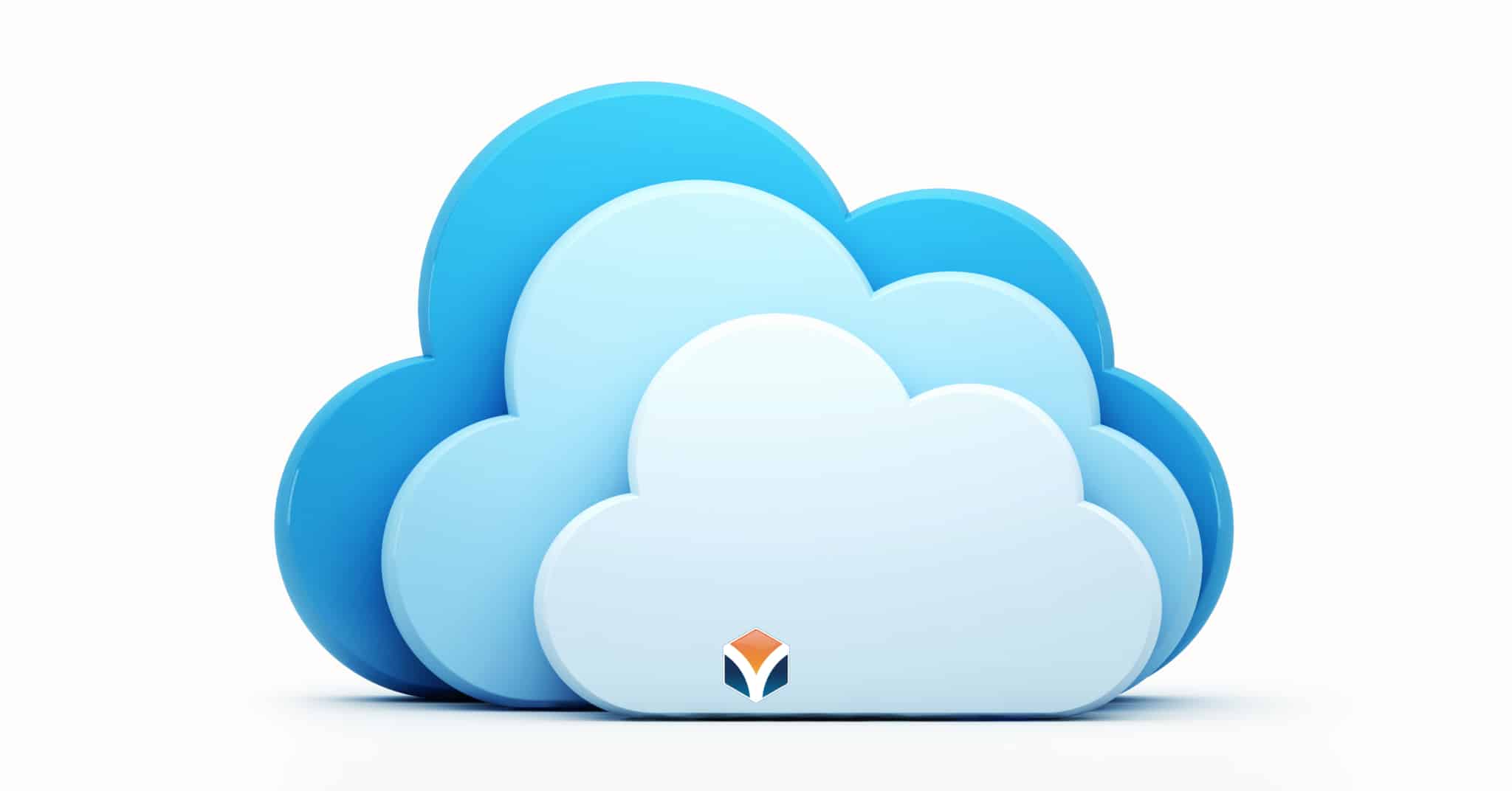Time to Ditch These Cloud Clichés: What Modern Businesses Need to Know
Change is uncomfortable. Sticking with the familiar—your trusted on-premise systems—feels safe. But in today’s business landscape, resisting the shift to the cloud can hold your company back. Still, many business leaders hesitate to migrate because of persistent myths, misconceptions, and outdated cloud clichés.
Let’s cut through the noise and debunk the most overused and misleading cloud clichés keeping businesses from making smart, secure, and strategic decisions.
Cloud Cliché #1: “The Cloud Isn’t Trustworthy”
The Reality: You already trust the cloud more than you think.
From binge-watching your favorite series to mobile banking and online shopping, your personal life is powered by the cloud. But when it comes to your business, the stakes are higher—and so is the security.
Why it’s wrong: Leading platforms like Microsoft Azure offer industry-grade encryption for data in transit and at rest, using Advanced Encryption Standard (AES). You get control over where data is stored, how it’s accessed, and who can access it. Hybrid cloud environments even allow you to keep sensitive data on-premise while leveraging the scalability of the cloud, where it makes sense.
Key takeaway: With the right cloud provider, security and control aren’t compromised—they’re enhanced.
Cloud Cliché #2: “All Cloud Solutions Are the Same”
The Reality: Not all clouds are created equal.
While most cloud services offer storage and computing power, how those services are structured, deployed, and managed varies widely.
Why it’s wrong: Microsoft Azure, for example, offers a hybrid cloud model that lets you dip your toes in with low-risk options like email migration or cloud backups. You don’t have to go “all-in” overnight. Hybrid environments provide flexibility and scalability without forcing a total IT overhaul from day one.
Key takeaway: The best cloud solution is the one that aligns with your business goals, not a one-size-fits-all product.
Cloud Cliché #3: “We’ll Have to Rebuild All Our Apps”
The Reality: Not necessarily.
Why it’s wrong: Azure supports a wide array of operating systems, databases, languages, and virtual machines. Many of your current apps can move to the cloud with little or no re-coding. Azure Site Recovery even offers a free 30-day trial to test seamless VM migration from on-premises to the cloud.
Key takeaway: Cloud migration doesn’t mean starting from scratch—it means optimizing what you already have.
Cloud Cliché #4: “Cloud Lacks Transparency and Visibility”
The Reality: There’s often more visibility in the cloud than in traditional systems.
Why it’s wrong: Cloud service providers offer advanced monitoring, analytics, and management tools that give you a real-time view of your entire IT infrastructure. Cloud platforms also make it easier to detect performance issues, enforce policies, and track access to sensitive data.
Key takeaway: When done right, cloud computing increases transparency, not reduces it.
Cloud Cliché #5: “The Cloud Is Too Complicated for Our Business”
The Reality: Complexity is optional.
Why it’s wrong: A hybrid cloud environment managed by a qualified provider simplifies your IT operations, not complicates them. Here’s how:
-
Cost Efficiency: Replace capital expenditures with predictable operational costs. A proactive IT strategy prevents downtime and extends the life of your systems.
-
Business Focus: Let your internal team focus on core business tasks while offloading day-to-day IT functions like help desk and software patching.
-
Automatic Updates: Cloud-managed systems stay current with industry standards, software updates, and network upgrades—without long deployment cycles.
-
Stronger Network Health: With a dedicated Network Security Specialist, you go beyond basic firewalls and antivirus software. You gain a full suite of disaster recovery, backup, and intrusion detection tools.
Key takeaway: Partnering with a Managed Service Provider (MSP) makes the cloud approachable, scalable, and custom-built for your business needs.
The Bottom Line: It’s Time to Rethink Cloud Migration
Cloud adoption isn’t about buzzwords or blind leaps—it’s about making strategic, secure, and cost-effective moves for the future of your business. Let’s leave these tired cloud clichés behind and start focusing on what matters: performance, security, scalability, and business continuity.
📩 Ready to break free from cloud clichés and see what’s possible? Contact us today to schedule a personalized cloud assessment.
This page was originally published on July 18, 2017, and has been updated for freshness, accuracy, and comprehensiveness.

Charles Lobert, has been in the Detroit Metro Area’s IT industry for over two decades & with VCS since ’04. Throughout the years, Lobert has held nearly every position at VCS & is responsible for several major organizational shifts within VCS.

